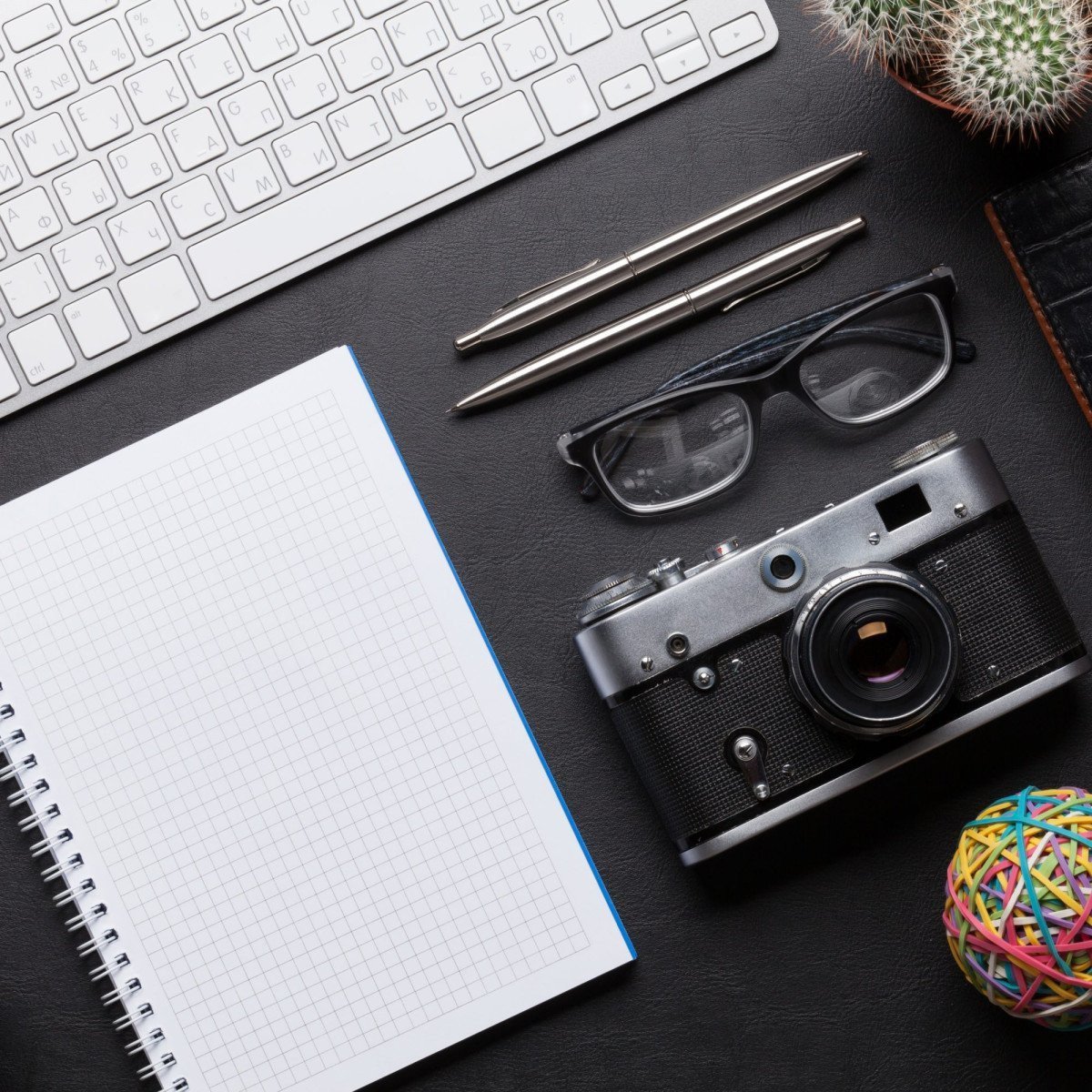Take a moment to think back to the most powerful photographs you’ve ever seen. Maybe it’s a heart-wrenching image of a war-torn street, or perhaps it’s a raw, humanizing portrait of a person who’s life is wildly different from your own. These photographs, full of potent stories, emotions, and truths, are likely the products of documentary photography.
Yet, for every captivating image you encounter, there’s a story behind the photograph. And, more times than not, the narratives revolve around two intriguing characters: the subject and the photographer. This symbiotic relationship raises some critical ethical considerations. Did the subject understand the implications of being photographed? How genuine is the reality presented in the frame?
The Photographer-Subject Relationship: Traversing the Ethical Landscape
The camera becomes a powerful tool when one is documenting reality. But with such power comes great responsibility. As a documentary photographer, your ‘behind-the-lens’ presence can impact the outcome, consciously or subconsciously.
At the heart of these interactions is one key aspect – portrait photography consent. Consent isn’t a one-time agreement; it’s an ongoing dialogue that opens up conversations about the power dynamics at play, respect for privacy, and the potential ramifications of the exposure.
Understanding the Boundaries: Ethics in Editing
Editing is an inseparable facet of photography, particularly in documentary photography where accuracy is paramount. Does a carefully edited piece jeopardize the authenticity of the narrative? Or does minor retouching amplify the voice of the story being communicated?
Consider a situation where you find yourself torn between presenting a staggering image as it is or slightly modifying it to evoke a greater emotional resonance. The choice isn’t easy, but the ethical route often gravitates towards maintaining the integrity of the original scene.
This brings us to the next ethical pitfall – staged or manipulated photographs. Though staged photos may visually please or attract global attention, they essentially betray the trust of viewers who expect, and deserve, a truthful representation of reality.
Public Space and Privacy: A Delicate Balance
Documentary photography often occurs within public spaces. However, even if laws technically permit photography in public, it doesn’t obviate the necessity for sensitivity and discretion. An ethical photographer respects personal boundaries whilst aiming to capture the unfiltered pulse of everyday life.
It’s a delicate dance, constantly juggling the pursuit of a compelling story and respecting the dignity of your subjects. But it is this dance that forms the very core of an ethical documentary photographer. Remember, it’s not about ‘taking’ a photo; it’s about ‘making’ a photo together with the people and aspects involved.
The Power of Ethical Documentary Photography
Could every ethical quandary we’ve discussed today dilute the inherent power of documentary photography? Quite the contrary. Ethical documentary photography can bring about a moving alternative – the power to stir conversations, prompt introspection, and spark change. These photographs serve as conduits for underrepresented voices to be heard, and for complex stories to be told with the reverence they deserve.
So, the next time you pick up your camera, remember the weight it carries, the stories it can narrate, and the change it can trigger. The lens, framed with respect, understanding, and ethics, is mightier than the sword indeed.
Stay ethical, stay impactful. Your camera, your responsibility.


0 Comment